Frederica Freyberg:
The congressional budget office this month projected that the Affordable Care Act will reduce the number of hours people work. Not, the CBO says, because employers will lay them off, but because people, particularly lower wage workers, will choose not to work once they have subsidized health insurance. That’s the case with Gerry Westphal. He says he was only working his factory job for the insurance, but now has the freedom to quit to do freelance carpentry work. What are the latest enrollment numbers? And what are the prospects for more sign-ups as the next deadline nears? We are joined tonight by the US Health and Human Services Chicago regional director, Kathleen Falk. Thanks very much for being here.
Kathleen Falk:
Good evening.
Frederica Freyberg:
So what are the latest enrollment numbers in Wisconsin and then nationally?
Kathleen Falk:
They’re good. I mean, the numbers that just came out last week, it’s 3.3 million people across the country have gone to the web or signed up for health insurance since October 1. And in Wisconsin here that number is close to 60,000 people. So it’s doing great, with about 30 something days to go yet.
Frederica Freyberg:
How do those numbers compare to projections?
Kathleen Falk:
I think what the president and vice-president are saying is that the goals, the five to six million or so by this first open enrollment period, they’re within reach. That’s why people are working hard. You know, if this had been an easy thing to do, it would have been done a long time ago. But to help 30 million people get affordable health care for the first time in many of their lives is a challenge, and it’s just going really well now. The website’s working well and people are signing up.
Frederica Freyberg:
We have heard from navigators kind of outstate that their phones are ringing off the hook with people now calling and seeking information ahead of this March 31 deadline. Is that a spike that you have anticipated and are seeing?
Kathleen Falk:
Yes, because so much is to educate people about the new law and their opportunities. You know, before the Affordable Care Act remember what the world was like for tens of millions of people. And let’s just take those in Wisconsin, 2.5 million people that have preexisting health conditions, like asthma or cancer or high blood pressure or diabetes. They had a hard time buying insurance at any price. Many couldn’t buy it at all. And so we’re seeing that as people have learned about the law and this option here for affordable health care, it takes time to learn, it takes time then to study what your options are and choose what’s best for your family. We saw at the end of December when that first enrollment period to get coverage to start in January hit, two million people were on the website in one day alone, on December 23. So I think we’re going to see between now and April 1 that steady, again, increase in interest and people taking opportunity.
Frederica Freyberg:
We spoke with the Wisconsin insurance commissioner’s office this week, talking about the enrollment numbers in Wisconsin, and they told us that maybe as many as 30% of the people who have registered, gone online, look like they are signing up, they haven’t paid. And so they have not really committed to this coverage, and they expect that there’s going to be a fair number of people who look like they may have signed up, enrolled, but actually never do go into a plan.
Kathleen Falk:
Well, it’s the insurance companies who have that information, and they’re not telling us that. And what we are seeing is that people, because they have now this chance for affordable insurance, are very pleased to be able to buy it at this affordable rate. Nationwide six out of ten will be able to buy insurance for $100 or less a month. So it is an affordable menu. In Wisconsin there’s 97 plans for people to choose from, so they can shop and take their time, purchase what’s good for them.
Frederica Freyberg:
The insurance commissioner’s office also talked with us about some bugs that they are still seeing in the system, including a bunch of people who signed up, 3,000 I think, and it said they had zero deductible. That was an error on the healthcare.gov website apparently. And then there were several hundred people who were put into a plan because of issues with the website not actually in their geographical area. So there are still some issues being worked out?
Kathleen Falk:
Well, the website is functioning really well and has since December 1. The president and Secretary Sebelius committed to fixing that website last fall and they did. So since December 1 it has been functioning really well. As I said, two million people were on it on one day alone on December 23. What we have seen, though, is people who tried to enroll last fall that had problems, they now can fix those problems. They can go back into their application and fix what was troublesome for them, and that process is going on now.
Frederica Freyberg:
I know in speaking with some of the insurers in the marketplace, they say that their enrollment numbers look to be skewing old, and that seems to be the case nationwide as well. How big of a concern is that, that young people aren’t running into this?
Kathleen Falk:
The good news is in January we saw an increase in young people signing up. But it still is a concern. You know, I’m the mom of a 32-year-old, and I remember a long time ago when I was 32. Health insurance was the last thing on my mind. But the numbers here in Wisconsin are that four out of ten uninsured are between the ages of 19 and 35. And, you know, we want them to have good health care so when they’re sick, they’ll go to a doctor. When they have that fractured leg from a basketball game, they’re not set back tens of thousands of dollars. So for all those good reasons, for their own health and for their financial well-being, we need to reach them. And because they’re not used to buying health insurance, it’s a higher learning curve here. I’m appealing to all the moms, grandmothers, dads, aunts and uncles out there. Talk to one person. Talk to one young person a week here for the next four weeks about how important it is to get health insurance so they too–. For them it’s even less expensive, it's less than $50 a month, is what the national average is showing.
Frederica Freyberg:
The next four weeks because there is a March 31 deadline.
Kathleen Falk:
Yes.
Frederica Freyberg:
And if they don’t do it by then, what?
Kathleen Falk:
Well, the open enrollment period then does not occur until next fall unless special circumstances, which is normal in insurance. You know, you get married, you get divorced, those kinds of special exceptions.
Frederica Freyberg:
All right. And how big of a concern is it going forward that you may not get that younger group?
Kathleen Falk:
Well, I think we’re encouraged because the numbers are definitely increasing over the last month, and we also know that young people are more likely to wait until the deadlines. That’s normal. They do it online at midnight instead of going into an assister's office in the middle of the day when they’re working. And we have assisters all across the state. If people need in-person help, there’s somebody local in their community. You just go to the website or call 1-800-318-2156. You can talk to a real human being 24 hours a day just to answer questions. You can actually enroll over the phone if you want.
Frederica Freyberg:
All right. Kathleen Falk, thanks very much.
Kathleen Falk:
Thank you.
Frederica Freyberg:
For people moving off BadgerCare or high-risk insurance, the state Department of Health is encouraging them to sign up for coverage through the healthcare marketplace by March 15 to avoid any gap in coverage.
Search Episodes
News Stories from PBS Wisconsin

Donate to sign up. Activate and sign in to Passport. It's that easy to help PBS Wisconsin serve your community through media that educates, inspires, and entertains.
Make your membership gift today
Only for new users: Activate Passport using your code or email address
Already a member?
Look up my account
Need some help? Go to FAQ or visit PBS Passport Help
Need help accessing PBS Wisconsin anywhere?

Online Access | Platform & Device Access | Cable or Satellite Access | Over-The-Air Access
Visit Access Guide
Need help accessing PBS Wisconsin anywhere?

Visit Our
Live TV Access Guide
Online AccessPlatform & Device Access
Cable or Satellite Access
Over-The-Air Access
Visit Access Guide
 Passport
Passport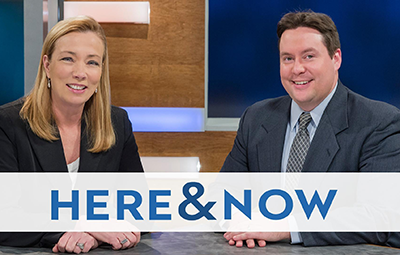






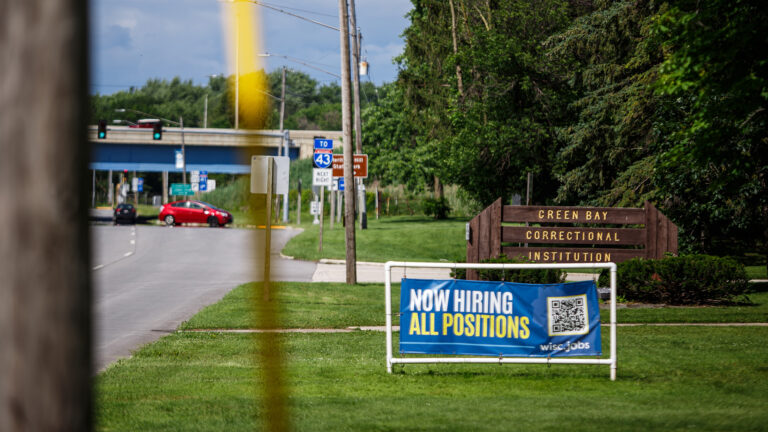
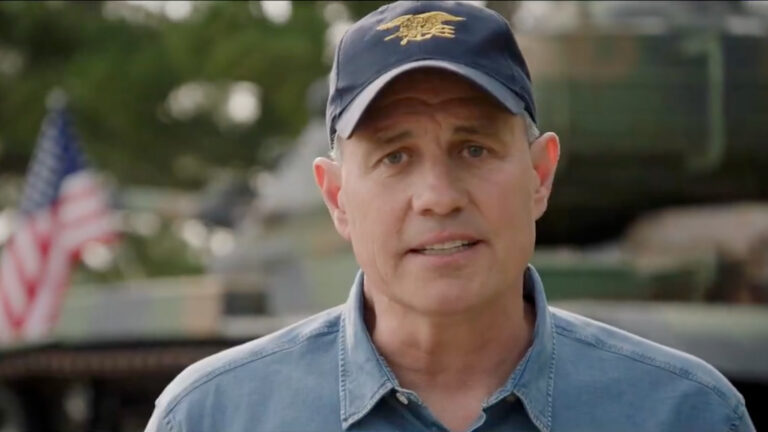
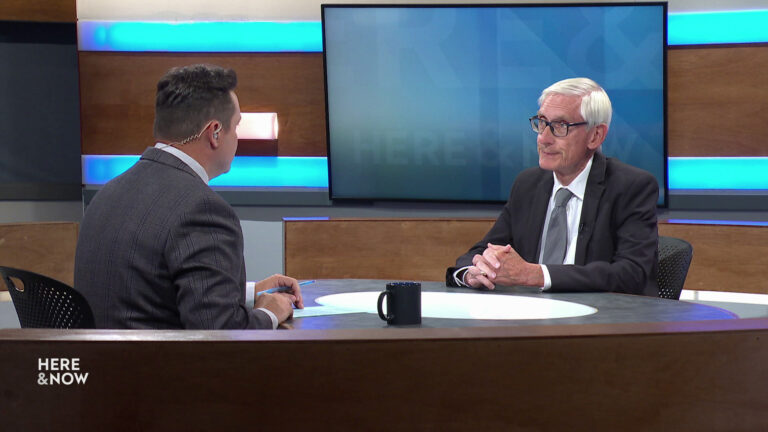

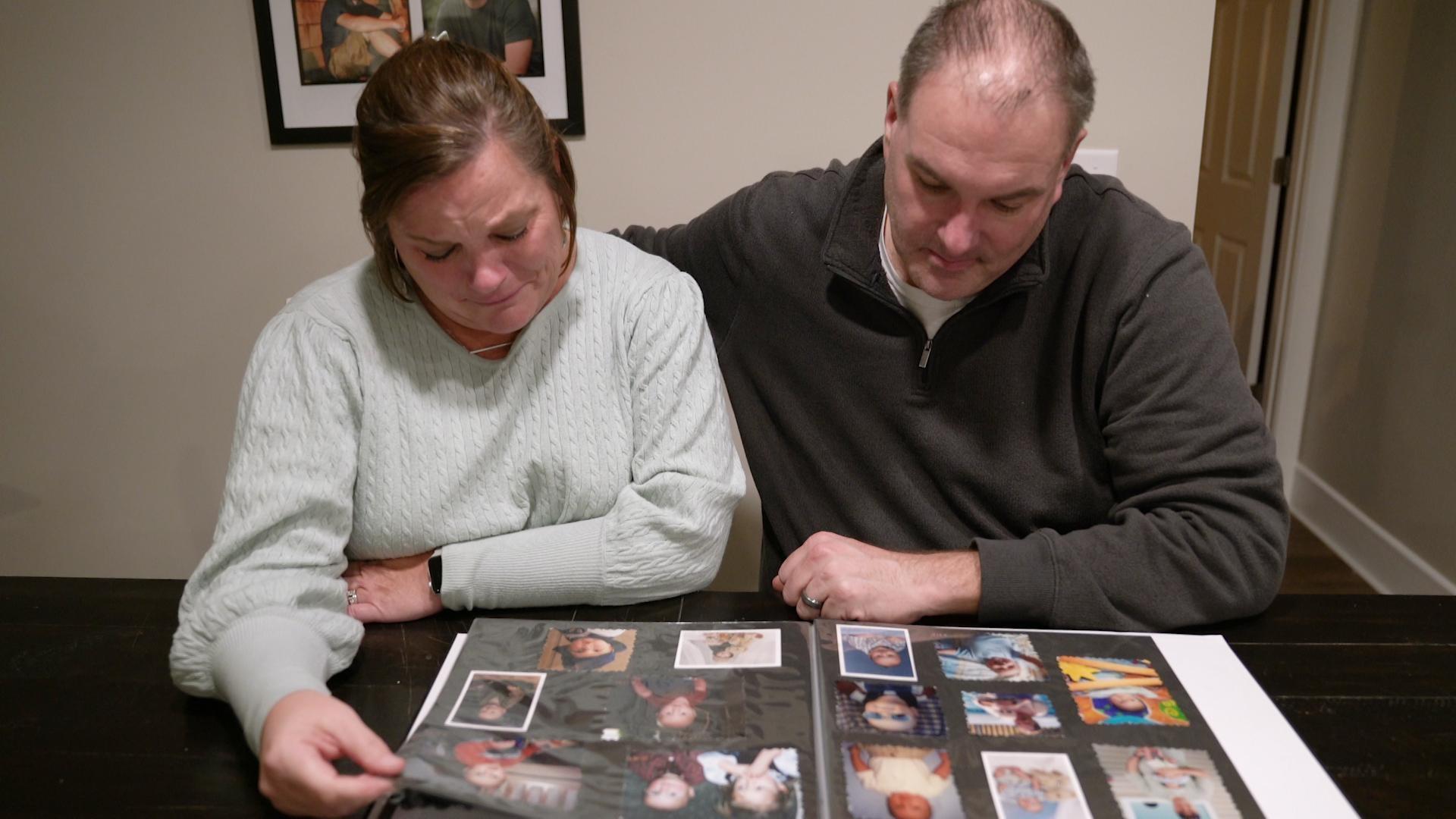

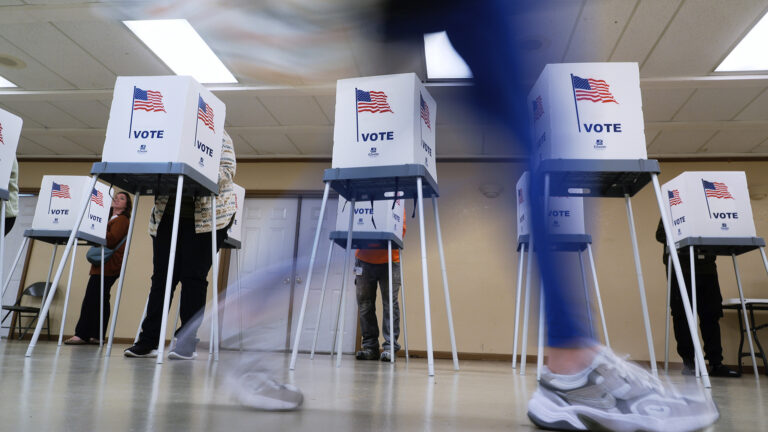

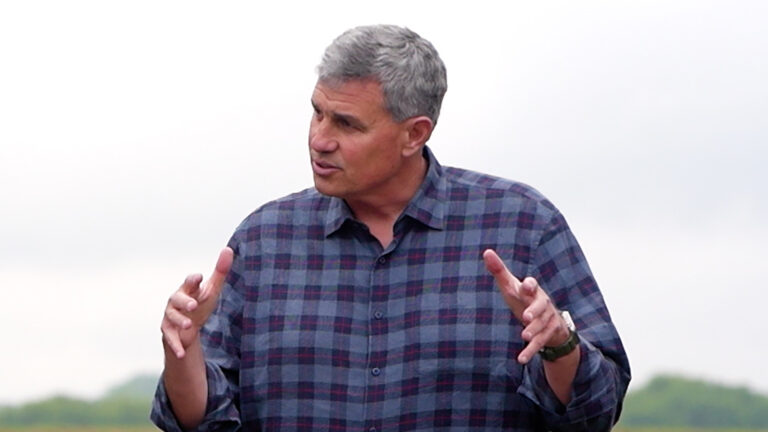

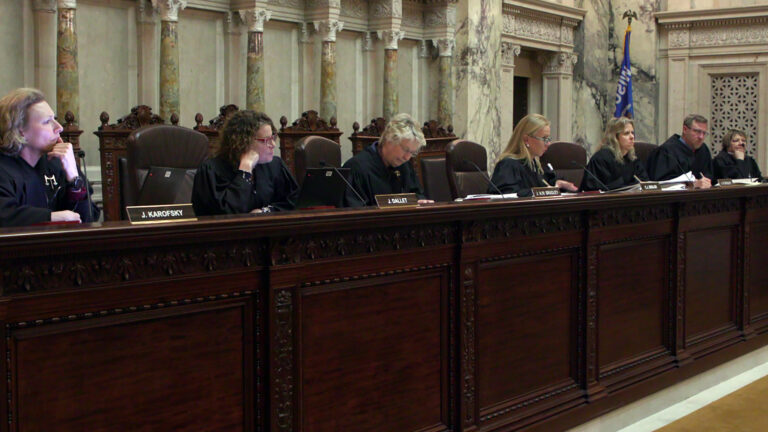

Follow Us